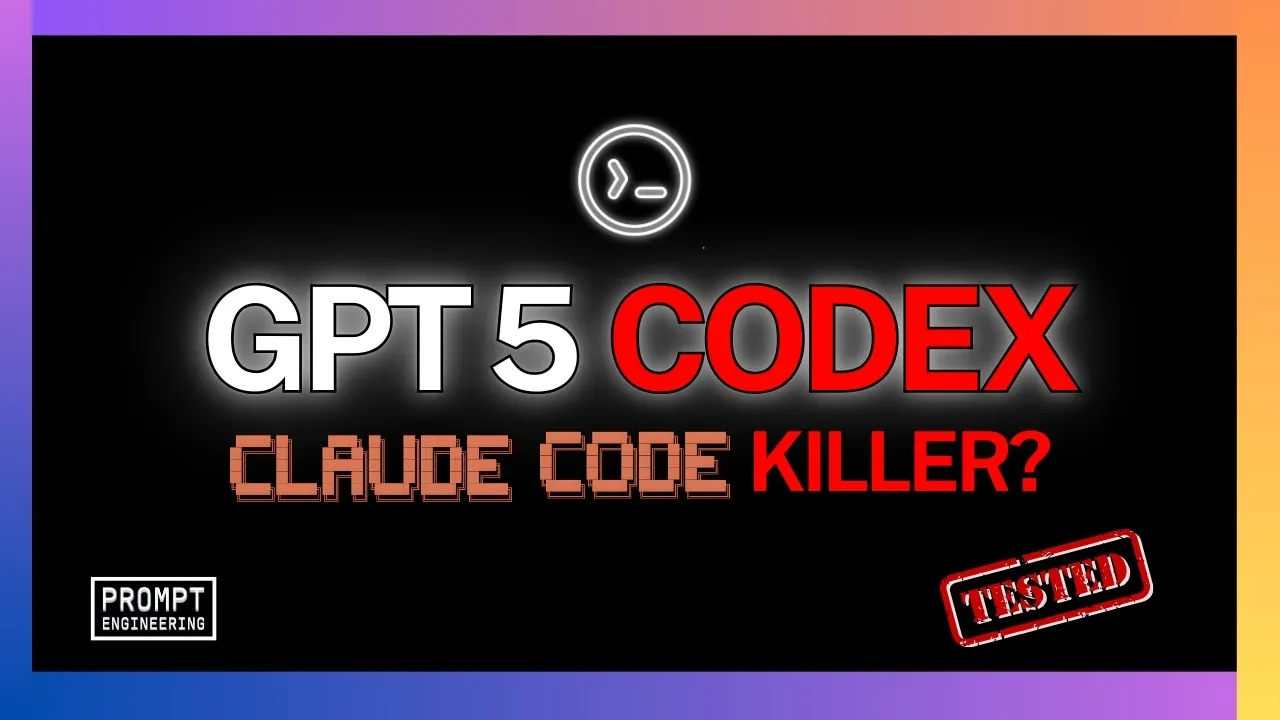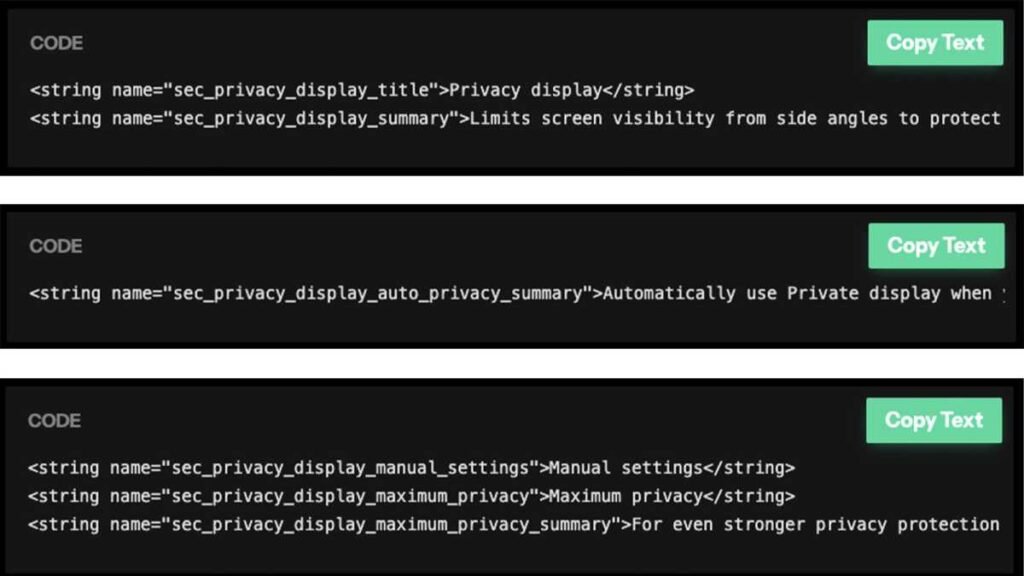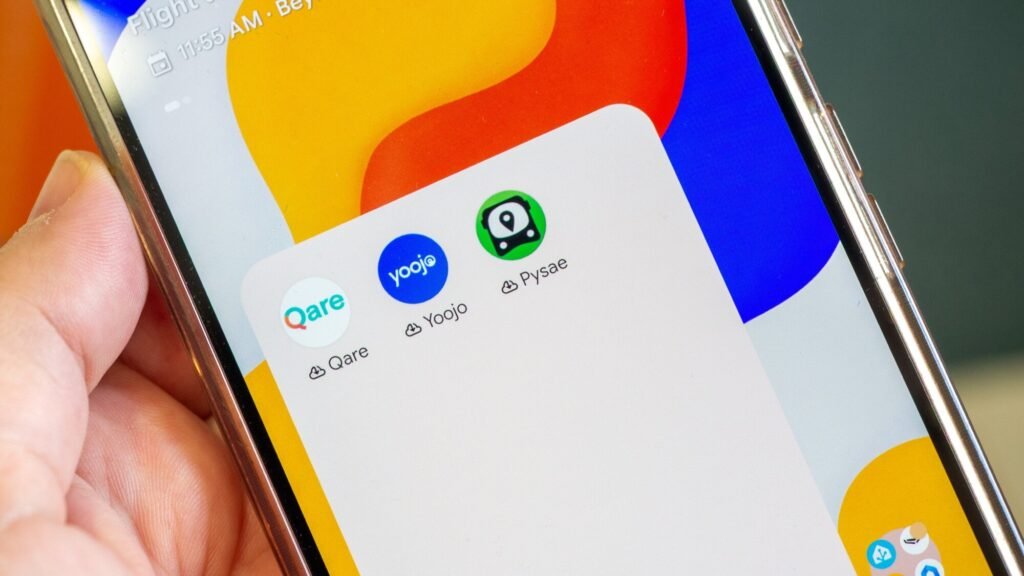
How good is GPT-5 Codex, really? Imagine a tool so advanced it can generate functional code for complex applications in mere minutes, yet intuitive enough to seamlessly integrate into your existing development workflow. Bold claims like these have surrounded the latest iteration of OpenAI’s Codex, sparking both excitement and skepticism in the developer community. Is it truly the fantastic leap forward it promises to be, or does it fall short in critical areas? By examining its performance in real-world scenarios, like building a local real-time transcription app, we can begin to unravel whether GPT-5 Codex is a fantastic option or just another incremental upgrade. In this overview, we’ll explore its capabilities, limitations, and the broader implications for developers navigating the evolving landscape of AI-assisted coding.
Through the lens of a practical project, Prompt Engineering tests how GPT-5 Codex handles intricate coding tasks, integrates with modern tools like VS Code, and accelerates development timelines. Readers will gain insights into its strengths, such as its ability to tackle complex problem-solving, as well as its weaknesses, like dependency conflicts and limited offline functionality. Beyond the technical details, this discussion also touches on the emotional and professional impact of such a tool, how it could redefine productivity and creativity for developers. Whether you’re a seasoned programmer or simply curious about the future of AI in software development, this evaluation offers a nuanced look at what GPT-5 Codex brings to the table, and what it still has to prove.
GPT-5 Codex in Development
TL;DR Key Takeaways :
- GPT-5 Codex was instrumental in developing a local real-time transcription app, showcasing its ability to handle complex coding tasks and integrate with modern tools like VS Code and Codex CLI.
- The app used the Whisper Small MLX model for transcription, optimized for Apple Silicon (M2 Max), and included features like hotkey functionality and real-time session statistics for enhanced usability.
- Development challenges, such as package versioning conflicts and lack of internet access for documentation, were overcome through debugging and iterative improvements.
- Planned enhancements for the app include grammar correction using a large language model (LLM) and a standalone version to improve accessibility for non-technical users.
- Despite some limitations, GPT-5 Codex demonstrated its potential to accelerate software development timelines and deliver practical solutions, positioning it as a fantastic tool for developers.
Building a Local Real-Time Transcription App
The primary objective of the project was to develop a local transcription app capable of converting audio into text in real-time. To achieve this, the team used the Whisper Small MLX model for transcription, chosen for its balance of speed and accuracy. The app’s backend was built using Python and optimized for Apple Silicon (M2 Max), making sure the computational power required for seamless performance.
The app was designed with several key features to enhance usability and functionality:
- Hotkey Functionality: Users could start and stop transcription effortlessly with predefined keyboard shortcuts.
- Session Statistics: Real-time metrics, such as the number of words transcribed and keystrokes saved, provided valuable insights into user productivity.
These features were carefully crafted to deliver a smooth user experience while maintaining the app’s technical reliability. The combination of advanced transcription capabilities and user-friendly design underscored the app’s potential as a practical tool for various use cases.
Streamlined Development with Modern Tools
The development process was streamlined through the use of modern tools and technologies, which worked cohesively to enhance efficiency and productivity. Key components of the workflow included:
- VS Code: This integrated development environment (IDE) served as the primary platform for coding, debugging, and testing.
- Codex CLI: The command-line interface assistd iterative improvements and simplified interactions with the GPT-5 Codex model.
- Whisper Small MLX Model: Integrated into the Python backend, this model was optimized for Apple Silicon hardware to ensure high transcription accuracy and speed.
This combination of tools enabled the team to build a robust transcription solution in a remarkably short timeframe. The seamless integration of GPT-5 Codex with these technologies highlighted its ability to complement existing development workflows and accelerate project timelines.
How Good Is GPT-5 Codex?
Here are additional guides from our expansive article library that you may find useful on GPT-5 Codex.
Overcoming Development Challenges
While the transcription app’s initial setup and implementation were completed in just 20 minutes, the development process was not without challenges. Several obstacles emerged, requiring careful attention and problem-solving:
- Package Versioning Conflicts: These issues arose during dependency installation and required manual debugging to resolve.
- Lack of Internet Access: Codex’s inability to fetch online documentation occasionally slowed progress, necessitating alternative solutions.
Despite these hurdles, the team successfully addressed the challenges through iterative debugging and developer oversight. For instance, fine-tuning the hotkey functionality ensured consistent performance, while enhancements to the session statistics display improved the app’s real-time feedback. These refinements demonstrated GPT-5 Codex’s adaptability in generating and optimizing code to meet specific user needs.
Performance and Limitations
GPT-5 Codex demonstrated strong performance across several key areas during the development process:
- Complex Coding Tasks: The model effectively generated dynamic and functional code tailored to the app’s requirements.
- Tool Integration: Its compatibility with VS Code and Codex CLI streamlined the development workflow, enhancing productivity.
- Development Speed: The rapid creation of the app underscored Codex’s potential to significantly accelerate software development timelines.
However, certain limitations were also observed. The reliance on external dependencies occasionally introduced challenges, such as versioning conflicts, while the inability to access online documentation hindered progress in specific scenarios. Addressing these issues in future iterations of Codex could further enhance its usability and versatility for developers.
Planned Enhancements for the Transcription App
Looking ahead, the development team has outlined several upgrades to improve the transcription app’s functionality and accessibility:
- Grammar Correction: Plans to integrate a large language model (LLM) aim to refine the quality of transcription outputs by correcting grammatical errors and improving readability.
- Standalone Version: A standalone version of the app is under development, eliminating the need for a development environment and making it more accessible to non-technical users.
These enhancements are designed to expand the app’s capabilities and usability, positioning it as a comprehensive solution for real-time transcription needs. By addressing current limitations and incorporating advanced features, the app has the potential to set a new standard in transcription technology.
Broader Implications for GPT-5 Codex
The success of GPT-5 Codex in this project highlights its potential as a fantastic tool for developers. Its strengths in handling complex coding tasks, integrating seamlessly with modern tools, and delivering functional solutions efficiently make it a valuable resource for software development. While challenges such as dependency management and limited access to documentation remain, these issues can be mitigated through iterative improvements and updates.
As artificial intelligence and machine learning technologies continue to advance, tools like GPT-5 Codex are poised to play an increasingly central role in shaping the future of software development. By addressing its current limitations and expanding its capabilities, Codex could become an indispensable asset for developers worldwide, allowing them to tackle complex projects with greater speed and precision.
Media Credit: Prompt Engineering
Filed Under: AI, Top News
Latest Geeky Gadgets Deals
Disclosure: Some of our articles include affiliate links. If you buy something through one of these links, Geeky Gadgets may earn an affiliate commission. Learn about our Disclosure Policy.







